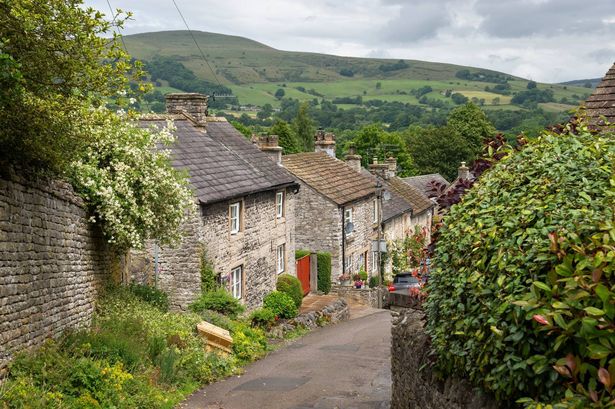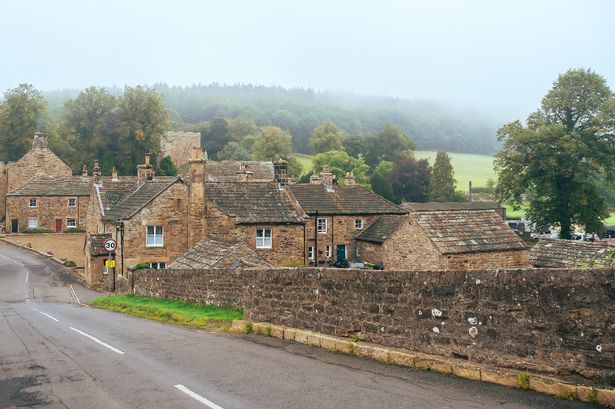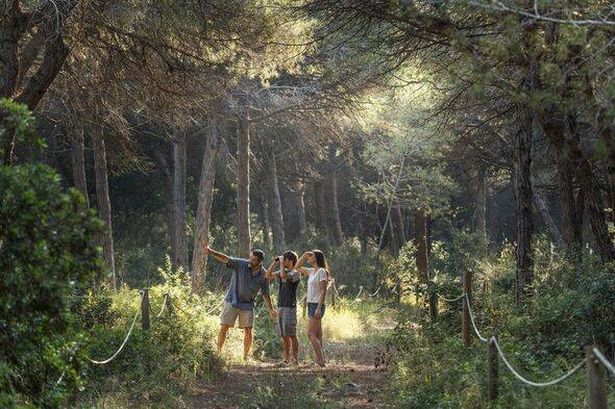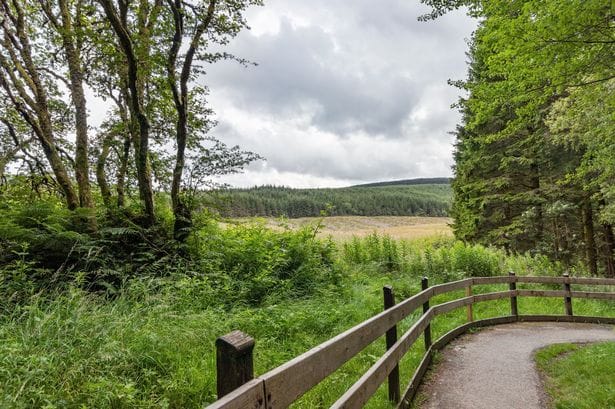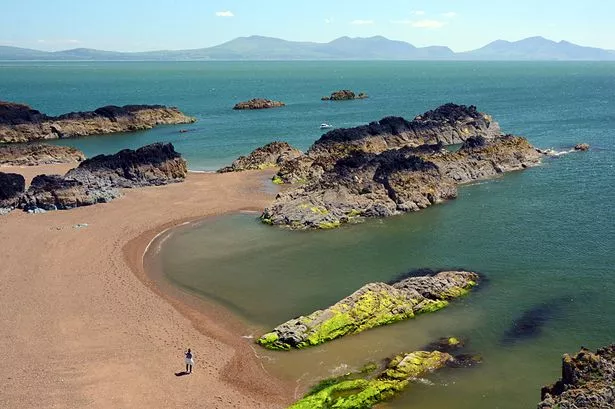Nestled near Peak District National Park, this charming Derbyshire village is bursting with character and offers the perfect pit stop after a day of hiking around Mam Tor
Tucked away near the Peak District National Park, this picturesque rural village provides an ideal stopping point for ramblers exploring Derbyshire, with numerous welcoming pubs just a short stroll away.
Located next to the renowned Mam Tor, a 517-metre peak within the national park, Castleton ranks among the most spectacularly positioned villages in the region. The settlement is encircled by breathtaking vistas of limestone and gritstone escarpments, which regularly draw visitors from cities including Sheffield and Manchester.
Numerous visitors pause in the village either before or following a day’s trek up the hill, where a stone-paved footpath guides walkers along a circular route spanning roughly three miles. The moderately challenging ramble typically requires up to two hours – an expedition well worth rewarding with a refreshing beverage afterwards.
One recent rambler shared on TripAdvisor: “I finally decided to pay Mam Tor a visit to walk up to rather than just driving past it. It’s so dominating on the horizon as you drive through Castleton. Now, you can walk up to it from a variety of paths. The tourist path from the official Mam Tor car park is a popular one; however, you pay for car parking there, and it usually gets busy.”
At its core sits a thoroughly English village, packed with pubs, tearooms, bakeries and shops, ideal for leisurely browsing. Highly-rated drinking establishments in the village include The George, Ye Olde Nags Head, 1530 The Restaurant and the Bulls Head. All within a stone’s throw of each other, these pubs provide the perfect haven after a hard day and maintain a cracking atmosphere throughout the year. Ye Olde Nags Head, believed to be the oldest in the area, has been serving pints since the 17th century. One satisfied punter left a review, stating: “The pub is lovely, warm and welcoming. The staff were very friendly. The building is old and tired in places, but it’s part of the character of the place.”
In addition to the beer selection, the village boasts a high number of cafes for its size, offering passers-by a cuppa and a sweet treat. Regardless of the weather, both locals and tourists pack the rooms for a hot beverage and their locally baked cakes, biscuits and other treats – delicious and totally Instagram-worthy.
Castleton is believed to be the only place on earth that possesses the precious Blue John stone, found within several of its hidden gem caverns. There are four caves in total, open for anyone to explore, including Peak Cavern, Speedwell Cavern, Treak Cliff Cavern and Blue John Mine. The most frequented is the Peak Cavern, nestled beneath Peveril Castle and amusingly dubbed ‘the devil’s arse’. Eager explorers flock to the site for tours lasting over an hour, detailing its history and showcasing the intricacies of the underground hidden gem.
